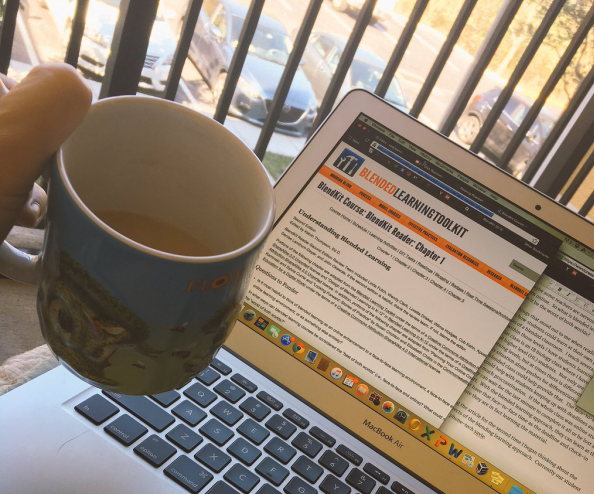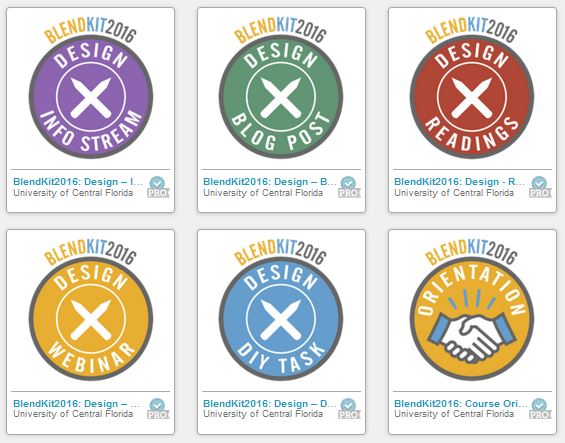Ten years ago I completed a National College for School Leadership Online Facilitators course. At the time, it felt like a competition, online versus face-to-face. From the affordances of online learning the mighty MOOC has evolved. August 2011, I participated in “Quest-based learning with 3DGameLab” with Boise University, March 2012 I participated in the hugely popular Stanford University course “Game Theory,” a course that has been repeated over and over and is still available now at Coursera. More recently I have participated in two excellent FutureLearn courses, Assessment for Learning in STEM Teaching and What is Character? Virtue Ethics in Education. This learning space is so significant now, there are products curating (CourseBuffet) open or massive learning. Open Culture is a treasure trove for any learner.
Societal structures of school, college, university has defined our face-to-face learning experiences. Work-based learning is often supplemented by face-to-face learning however a hybrid approach, blended learning or mixed-mode, is gaining momentum across all sectors. It is certainly the focus on significant graduate research. Taking advantage of the ubiquitous connectivity, flexible/mobile access and social prevalence and acceptance of social media, it is an approach that accommodates the importance of social interaction adding “depth, breadth and flexibility.” Finally, I have posed myself a new question to answer – Are webinars style conversations face-to-face?
In my case, I am considering blended learning, not as an alternative to INSET or professional courses but as compliment to professional development face-to-face sessions. The second area of professional interest is digital credentials or badges. Issuing and earning, displaying and rewarding skills, knowledge or achievements in the form of digital credentials or badges. So I looked for a opportunity to learn about blended learning, with an opportunity to earn “learning credit or badges” and also investigate the social-sharing options on professional social media (LinkedIn, Facebook, Twitter, blog, portfolio or website.) A second aim is to develop a conversation with the course leaders about their use of, and role as, issuers. To investigate the responsibilities and potential pitfalls of distributing digital credentials. The responsibilities of assessment, verification and moderation of the claimed credentials (skills, knowledge or competencies).
Being a Blended Learner
I have enrolled and began the BlendKit2016 open course. I have waded through a fairly long thorough orientation process, submitted my first assignment and have received my first badge. Always nice. I have reviewed the learning activities and “Engagement Options” (writing a blog is one such option) and onto the participation outline. There are a range of participation options and given the timezone restrictions, I will mainly interact asynchronously and listen to recorded broadcast. I will probably steer clear of the information streams (via Twitter, Diigo or Flickr) as there is more than enough content to keep even the earnest scholar busy. Maybe I will dip into the hashtag as I did for the post feature image (care of @KellyBorrowman). DIY tasks might be an option thought I will come back to this weeks DIY task “Building Your Course,” in the next post – “Becoming a Better Blended Learning Designer.”
[qr_code_display]


